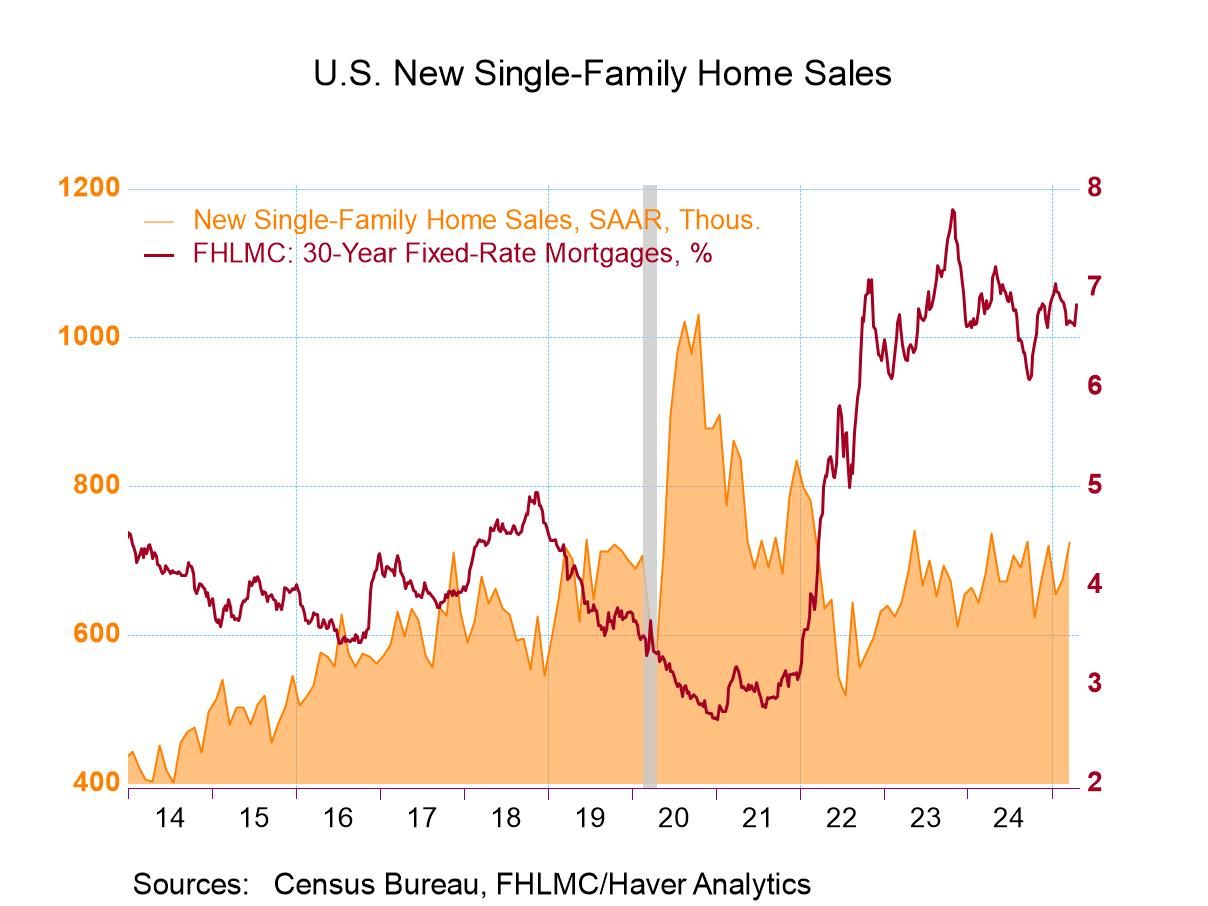Australia in Broad Slowdown Mode

Business confidence in Australia rose according to the National Australia Bank (NAB) Business Survey, but business conditions in January eased to a +3.2 reading from +6.2 in December. At that level, they are a tick above their November reading but still well below their respective, 3-month, 6-month, and 12-month averages. On the same tenor of comparison, confidence is higher in January while business conditions are eroding.
The components of the index are broadly weaker in January with only 31.3% improving, after 75% improved in December, following 25% improving in November. That’s a somewhat jagged past to disentangle. However, looking at improvement over 12-months compared to 12-months ago, six-months compared to 12-months, and 3-months compared to 6-months, we see the breadth of improvement rising from 37.5% over 12 months to 50% over six months to 68.8% over three months.
Still, the average business conditions readings are sequentially easing, profitability is sequentially easing, so are trading conditions, labor costs, purchase costs and capacity utilization. Items that are sequentially strengthening (or easing by progressively less) are forward orders, exports, and exporters’ sales.
The ranking of the various components shows a narrow group of categories with readings above their medians (above a ranking of 50%) involving prices, costs, and capacity (labor costs, purchase costs, prices, capacity utilization, and stocks). However, employment was close to a 50-percentile standing, at 49.8. This is broadly true, globally, as unemployment has remained low and the labor markets have generally remained strong even in the face of sub-par economic growth, especially in the manufacturing sector.
Compared to the period before COVID struck only six categories are higher – five years later. Stocks are higher by 4 points and employment by 5.8 points; the rest (labor costs, purchase costs, prices, and capacity utilization all are higher by less than one point). Profitability, forward orders, and capital expenditures are each down by more than 5 points on this timeline comparison.
On balance, Australia is still struggling. Confidence is improving but current business conditions are weakening. It’s not clear how that will sort out. Also, the confidence metrics are broadly weak with upward pressure most prevalent on prices and costs, unfortunately. Globally conditions remain touch and go with a good deal of weakness still prevalent and much of the world is bracing for what U.S. tariff policy might do. The current situation is difficult, and the outlook calls for caution.

Robert Brusca
AuthorMore in Author Profile »Robert A. Brusca is Chief Economist of Fact and Opinion Economics, a consulting firm he founded in Manhattan. He has been an economist on Wall Street for over 25 years. He has visited central banking and large institutional clients in over 30 countries in his career as an economist. Mr. Brusca was a Divisional Research Chief at the Federal Reserve Bank of NY (Chief of the International Financial markets Division), a Fed Watcher at Irving Trust and Chief Economist at Nikko Securities International. He is widely quoted and appears in various media. Mr. Brusca holds an MA and Ph.D. in economics from Michigan State University and a BA in Economics from the University of Michigan. His research pursues his strong interests in non aligned policy economics as well as international economics. FAO Economics’ research targets investors to assist them in making better investment decisions in stocks, bonds and in a variety of international assets. The company does not manage money and has no conflicts in giving economic advice.






